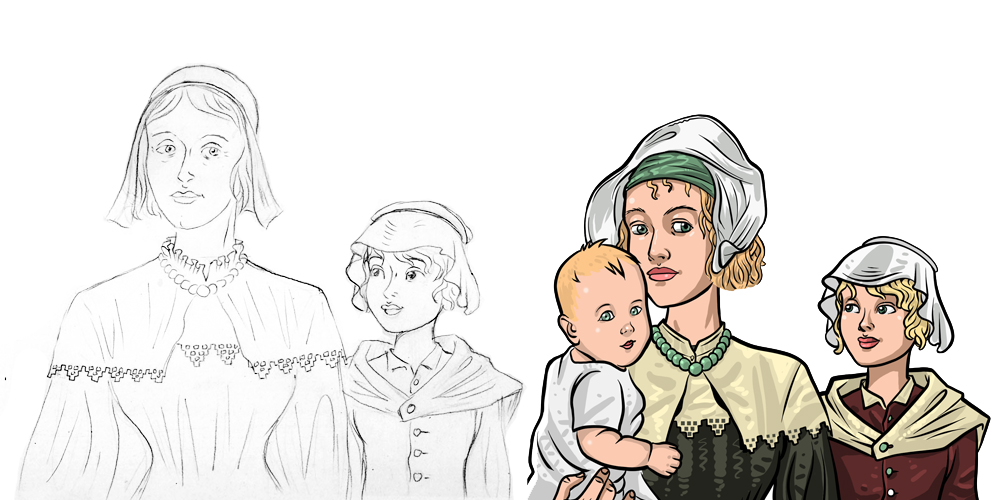Tronvig Group President James Heaton was quoted in AdWeek earlier this week giving his thoughts on the 50+ year old Procter & Gamble cleaning brand Mr. Clean. As an agency, Tronvig Group mostly helps service companies and organizational brands, but the applied principles of branding are consistent across categories, so why not Mr. Clean?
We’ve in fact previously written about the role of company mascots and their relationship to branding, and Mr. Clean is certainly a mascot, even if not as cute as Seymour.
In any case, if you are interested in what James gave in answer to AdWeek’s questions, please read on:
Do mascots still matter?
Mascots are not an expertise of ours, but I think they have the great benefit of connecting a product or institution to something relatable. This value is not likely to be undermined by technology. Even as we look into our computer screens we are still human, and our relationships to people and animals are naturally more intimate than our relationships to symbols or other kinds of abstractions. Clearly mascots have their limits, but I doubt that traversing the line between conventional advertising and web-centric communications is one of them.
Mr. Clean is this kind of idealized and standardized character. I would argue that he fits the archetype of the strong man.
Do brand mascots still matter? I suspect that this is not really a question of technology or medium but rather a question of the sensibilities of the intended target. Does the mascot as depicted still resonate with this audience or not?
We did a test of illustrated historical figures and the results were fascinating. Kids had very strong biases toward certain types of characters, particularly those that were idealized and standardized. The blond mother was not satisfactory until she looked pretty much like Michelle Pfeiffer. Mr. Clean is this kind of idealized and standardized character. I would argue that he fits the archetype of the strong man.
Why has he stayed popular for so long?
He is a big bald guy, yes, but Mr. Clean is arguably a kind of cartoon archetype. He is a can-do everyman. Or perhaps a cleaned up version of the “heavy” character from so many 1940’s era cartoons.
All his menace is converted into utility or cleaning power.
Today when I mentioned Mr. Clean to one of my German designers, she recalled newly arriving in New York and finding him as a comfort in a largely unfamiliar grocery aisle. He was a familiar face—’Meister Proper’ serves here in America too.
Even my 12-year-old son, when asked if he knows Mr. Clean, told me without missing a beat, “Mr. Clean is da bomb.” So Mr. Clean seems to still have some street credibility as well as early age demographic awareness. This is a kid, mind you, who has probably tagged along shopping twice in his entire life. So clearly something is going on there.
—James Heaton
We will leave off the last sentence of James’s answer since that’s what concludes the article in AdWeek. The article is “Hot, Bald and Possibly Gay: How Mr. Clean Has Kept It Fresh for 5 Decades.” We are very happy Robert Klara and AdWeek thought to check in with us. Please hop over to AdWeek to check it out.
Featured image credit: “Mr. Clean Magic Eraser” by theimpulsivebuy, used under CC BY-SA / Cropped from original



Thought provoking article – well done. What about when Mascots trend out – like Aunt Jemima, Marlboro Man? How do companies strike the balance between continuity and cultural trends?
This is hard, because we are so sensitive to nuance when it comes to human characters in particular. These are things that do take on new meanings over time and are not protected by abstraction.